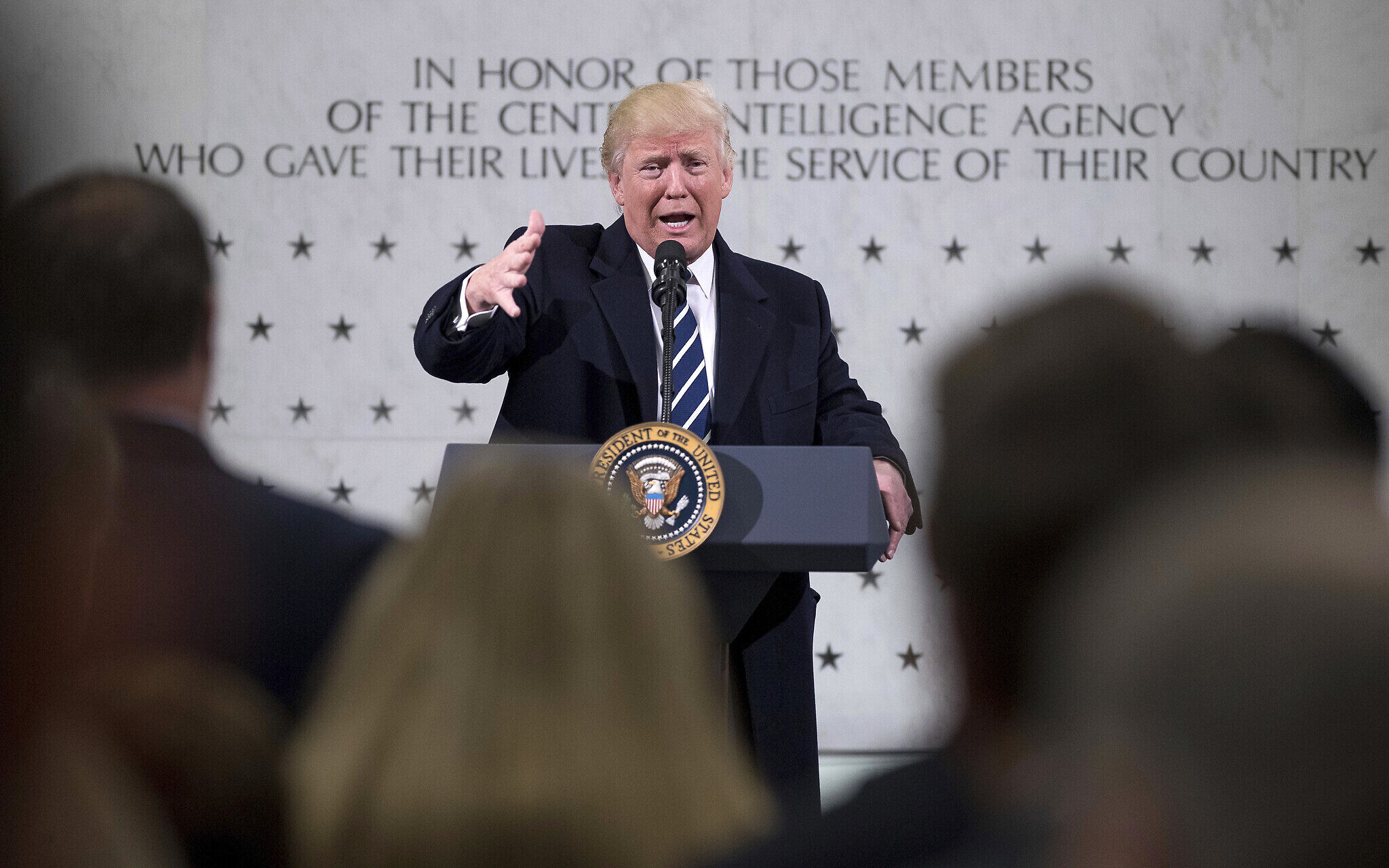

Now it remains to be seen how the US tries to engage with India, while attempting to chart out a new approach towards its ties with Pakistan and the Taliban terrorist group in Afghanistan. However, the recent development has once again derailed the momentum of improvement in the relationship. Subsequently, Pompeo’s visit to India and the meeting between Modi and Trump during the G-20 in June infused fresh air into the relationship. Speaking at the India Ideas Summit and the 44th Annual Meeting of the US-India Business Council, secretary of state Michael Pompeo said, “Modi Hai to Mumkin Hai,” alluding to the necessity of taking concrete efforts to address each other’s concerns. In the meantime, the massive victory of the BJP-led alliance under the leadership of Modi witnessed some positive changes in the US’ attitude.

This, in turn, further intensified the tension between the two sides. While the Modi government resisted taking retaliatory measures initially, the latest move by the US finally forced India to raise the tariffs on the import of 28 US products. If these initiatives still do not give a clear picture of the direction of Trump’s policy towards India, look at the high tariffs that Washington has imposed on Indian products. The possibility of India facing sanctions under the Countering America’s Adversaries through Sanctions Act (CAATSA) is very high because it allows the US to impose economic sanctions on countries buying Russian military weapons.

This becomes further clear from Trump’s Iran policy, which has resulted in India ending all oil imports from Iran.

This unilateral action by the US indicates that it is not interested in protecting the interests of its allies and partners. Now, the US is holding talks with Taliban terrorists to secure a respectable exit from the 18-year-long Afghan war.Īll this is happening without Washington consulting New Delhi on the issue. In 2017, Trump’s South Asia Policy mentioned that the US will deploy more troops in Afghanistan without fixing a timeline for their return. In fact, there is a sea change in the Trump administration’s South Asia policy. While US is keen to see India play a vital role in the Indo-Pacific region, Washington is not a bit concerned about addressing India’s security threats emanating from Pakistan-sponsored terrorism, the continued insecurity in Afghanistan and the conflict between the US and Iran, among other issues. Understandably so, because India is the world’s second-largest arms buyer. This and other defence offerings by the US also underscore the Trump administration’s efforts to secure a large portion of the Indian defence market. While these initiatives point towards the Trump administration’s ardent desire to strengthen defence and security ties with India, the fact remains the offer of THAAD has been made only to prevent India from buying the S-400 missile system from Russia. The US has also shown interest in treating India on a par with its NATO allies, deciding to sell India an MTCT Category-1 Unmanned Aerial System, Terminal High Altitude Area Defence System (THAAD) and Patriot Missile Defence System.


 0 kommentar(er)
0 kommentar(er)
